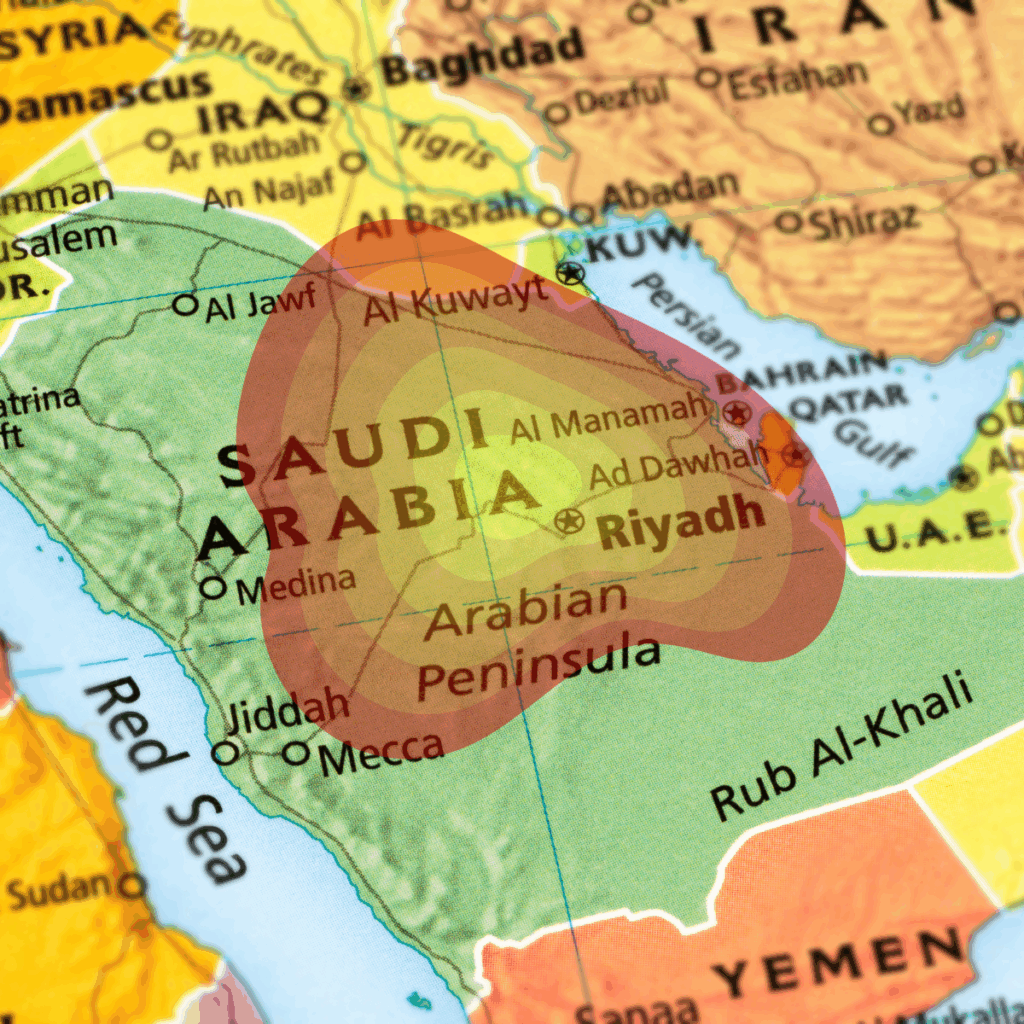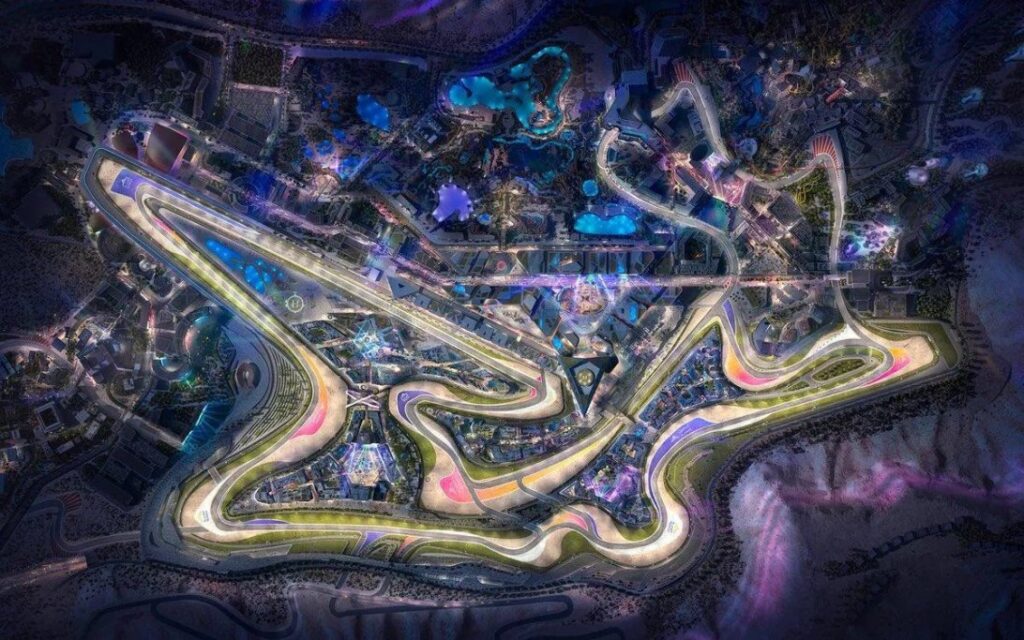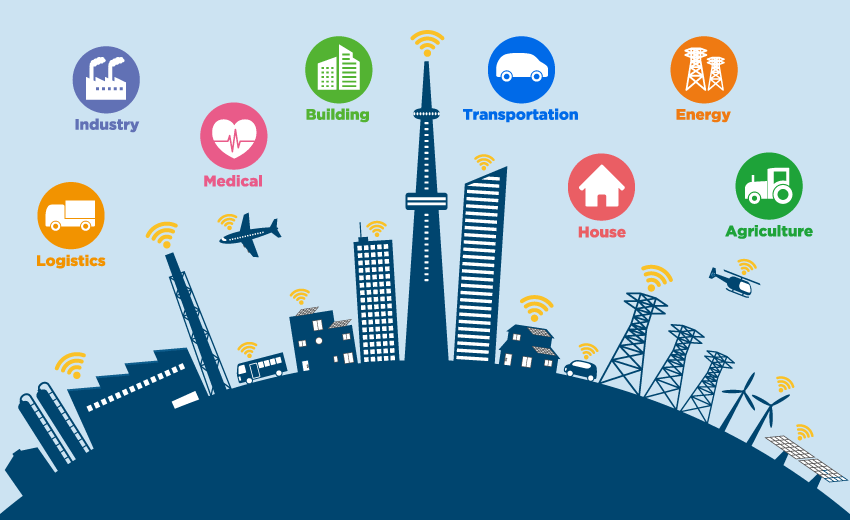The Role of Heat Mapping Technology in Smart Cities
Heat Mapping Technology is gaining traction across the globe as cities strive to optimize energy use, reduce emissions, and meet sustainability goals. In regions like the Middle East, where harsh climate conditions challenge energy efficiency, adopting these tools is no longer optional—it’s essential.
This blog explores how Heat Mapping Technology contributes to more efficient urban infrastructure, from detecting inefficiencies to reshaping city design. As MTi Arabia supports smart transformation across urban environments, this topic aligns closely with our mission of enabling sustainable and intelligent cities.
What Is Heat Mapping Technology?
Thermal Imaging in Urban Environments
Heat mapping relies on thermal imaging sensors to visualize temperature differences in physical environments. These differences are displayed in real time as colour-coded maps, highlighting areas of energy loss, overheating and insulation inefficiency.
Applications Across Infrastructure
Heat maps are now widely applied in several types of public infrastructure, including:
- Buildings and rooftops
- Electrical grids
- Water systems and pipelines
- Transportation hubs
These visualizations enable urban planners and municipalities to identify problems early—without requiring invasive inspections.
Why Energy Waste Is a Growing Urban Concern
Urban centers are responsible for over two-thirds of global energy consumption. However, outdated systems, poor maintenance, and inefficient design often cause large portions of that energy to be lost. This issue is even more critical in hot climates, where cooling systems overcompensate for heat-retaining materials and poor insulation.
Without accurate data, city administrators are blind to where these inefficiencies occur. Fortunately, Heat Mapping Technology offers unique value—it transforms invisible losses into actionable insights that enable better decision-making.
How Heat Mapping Technology Prevents Energy Waste
Identifying Energy Leaks in Buildings
By deploying drones or handheld thermal sensors, municipalities can detect buildings with significant energy leaks. Armed with this data, authorities can recommend or mandate insulation improvements and promote retrofitting with energy-efficient materials.
Monitoring Grid and System Efficiency
Thermal data helps monitor electrical substations, HVAC systems, and street lighting. Moreover, it facilitates early detection of abnormal heat signatures, which helps prevent equipment failure and minimizes energy overuse.
Designing Better Urban Spaces
With long-term heat mapping data, urban designers can integrate heat-reflective materials, shade corridors, and green roofs into the cityscape. As a result, they reduce the urban heat island effect and improve citizen comfort simultaneously.
Case Studies: Global Adoption of Heat Mapping Technology
Barcelona’s Energy Efficiency Strategy
Barcelona has incorporated thermal imaging into its smart city platform, identifying inefficient public buildings and prioritizing them for renovation. The result has been a measurable drop in energy consumption and improved comfort for occupants.
Dubai’s Smart District Cooling
Dubai incorporates Heat Mapping Technology into its district cooling systems. These heat maps provide real-time performance insights, allowing operators to make precision adjustments and reduce energy waste during high-demand periods.
Data Privacy and Security
Challenges and Considerations
As with any data-driven solution, municipalities must safeguard thermal data. Additionally, this data should not be repurposed beyond its intended scope.
Integration with Existing Platforms
To achieve maximum benefit, Heat Mapping Technology must integrate with existing IoT and data platforms. However, not all cities have the infrastructure in place to support this integration—yet.
Looking Ahead: The Future of Urban Thermal Intelligence
As AI and machine learning advance, heat mapping will evolve. Future systems will autonomously predict failures or suggest design optimizations. Furthermore, when connected with smart grids and IoT platforms, these maps will provide dynamic, real-time insights for ongoing urban improvement.
Governments, infrastructure firms, and developers must begin investing in this technology today to ensure readiness for tomorrow’s challenges.
Final Thoughts
MTi Arabia continues to champion technologies that optimize infrastructure and promote sustainability. As the demand for smarter cities grows, tools like heat mapping technology will play a central role in reducing energy waste and ensuring urban systems are fit for the future.
Explore how MTi Arabia can help you leverage these trends to revolutionize your city. Contact us here.



